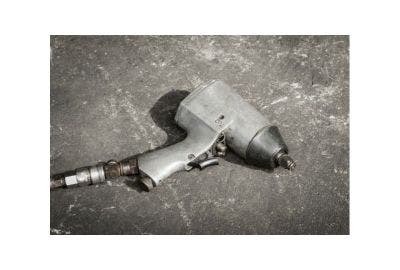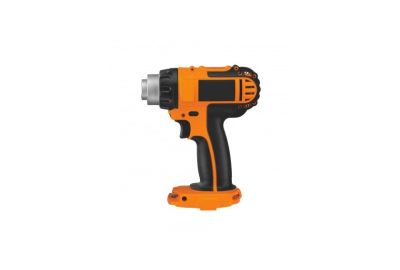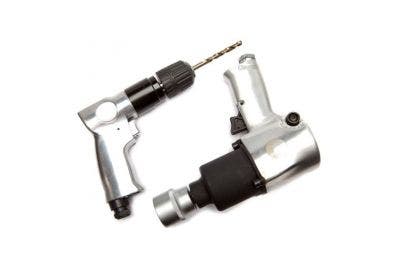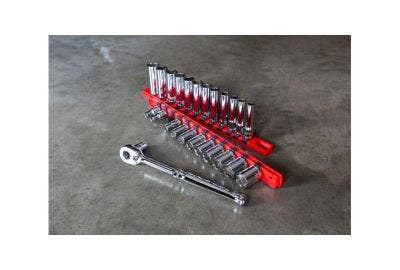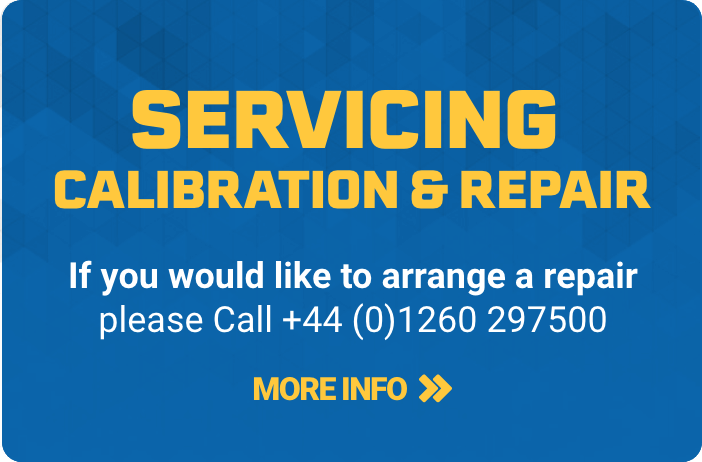Getting the right torque when using an impact wrench is essential for accuracy and safety, whether you're working on personal projects or tackling professional tasks. Incorrect torque can lead to over-tightening, which may damage fasteners or parts, or under-tightening, leaving components insecure.
This guide focuses on effective methods to control torque, offering straightforward advice to ensure your work is reliable and efficient. Using the right torque wrench and techniques can reduce common errors and complete your tasks with greater confidence.
1. Know the Required Amount of Torque
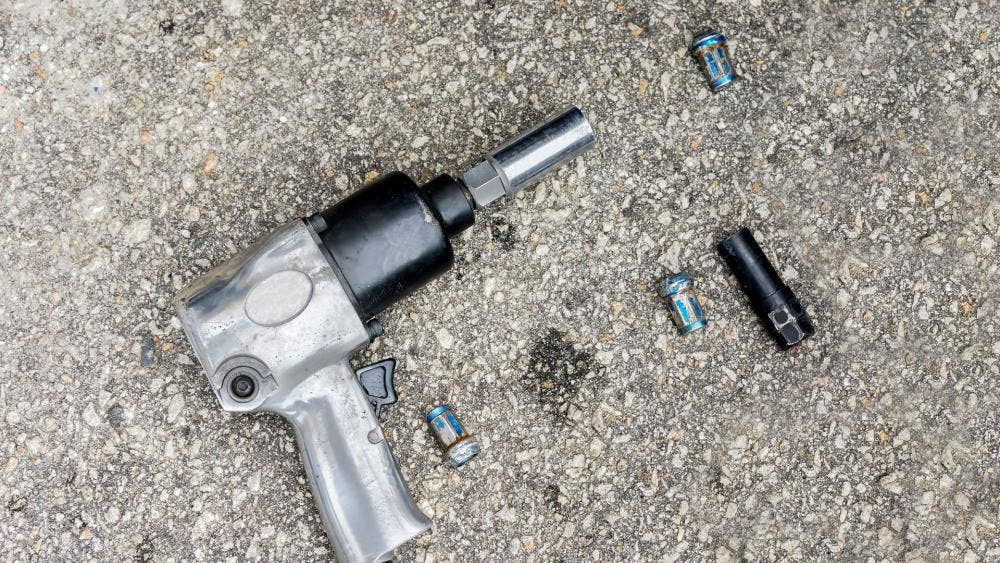
Understanding the exact torque requirement for your task is the first step to ensuring safe and effective results. Every fastener and material has a recommended torque level, which depends on factors like fastener size, material type and the application in question. These specifications are crucial to avoid issues like stripped threads, damaged components, or loose fasteners that could lead to failure.
To find these specifications, consult equipment manuals, manufacturer guidelines, or trusted online resources. Torque values are usually provided in Newton-metres (Nm) or foot-pounds (ft-lbs). Keeping this information accessible ensures you're ready to work with precision and avoid unnecessary risks.
By knowing the correct torque before you start, you can approach each task more effectively, protecting both your tools and the components you’re working on.
2. Select the Correct Impact Wrench

Choosing the right impact wrench is vital for effective torque control. With a variety of options available—pneumatic, electric, and cordless—it’s important to match the tool to your specific needs and torque requirements.
- Pneumatic Impact Wrenches: These are ideal for heavy-duty tasks and deliver consistent torque, making them popular in professional workshops. They require an air compressor to operate, which adds to the equipment needed but provides exceptional power.
- Electric Impact Wrenches: Electric models are available in corded or cordless versions, and they are more versatile and portable. Cordless options are particularly convenient for mobile work but may have limited torque output compared to pneumatic tools.
- Cordless Impact Wrenches: These combine convenience with growing power capabilities. Modern models often rival pneumatic wrenches for torque but depend on battery life, which may impact continuous use.
When selecting an impact wrench, consider the torque range it offers and ensure it aligns with the requirements of your tasks. Overpowered wrenches can lead to overtightening, while underpowered models may fail to secure fasteners properly. Features like weight, size and ease of adjustment should also influence your choice, especially for prolonged use or intricate tasks.
Choosing the right impact wrench not only simplifies your work but also ensures greater accuracy and control in torque application.
3. Use a Torque Stick

A torque stick is a valuable accessory when working with an impact wrench, helping to regulate the torque applied to fasteners. These tools, also called torque-limiting extensions, are designed to flex when a specific torque level is reached, preventing the wrench from applying excessive force.
Benefits of Using a Torque Stick:
- Prevents over-tightening, protecting fasteners and components.
- Ensures consistent torque application, particularly in repetitive tasks.
- Speeds up the process by limiting the need for constant manual adjustments.
How to Use a Torque Stick
Attach the torque stick between the wrench and the socket. When the set torque is achieved, the stick flexes, effectively stopping further force. Torque sticks come in various ratings, measured in foot-pounds (ft-lbs), so selecting one that matches your required torque is important.
While torque sticks are reliable for many tasks, they aren’t a replacement for a final torque check. For accuracy, remember to always verify torque with a calibrated torque wrench.
By integrating a torque stick into your workflow, you can achieve safer and more consistent results, particularly when working on repetitive or high-volume tasks.
4. Use the Correct Stick

Selecting the right torque stick is as important as using it correctly. Torque sticks are available in a range of ratings, each designed to limit the torque output of your impact wrench to a specific value. Using the wrong stick can lead to either over-tightening or under-tightening, both of which compromise the safety and integrity of your work.
How to Choose the Right Torque Stick:
- Determine the Required Torque: Refer to the fastener or equipment specifications to identify the precise torque needed for the task.
- Match the Rating: Select a torque stick with a rating that aligns with the specified torque. These ratings are typically engraved on the stick in foot-pounds (ft-lbs).
- Ensure Compatibility: Make sure the torque stick fits your impact wrench’s size and connection type to avoid any issues during use.
Using a stick with a lower rating than required can result in loose fasteners, while a higher-rated stick may apply excessive torque, damaging components. Regularly check your torque sticks for wear or damage, as an inaccurate tool could lead to mistakes.
By using the correct torque stick and maintaining it in good condition, you can consistently achieve the desired torque and improve the overall quality of your work.
5. Set the Impact Wrench’s Torque Setting
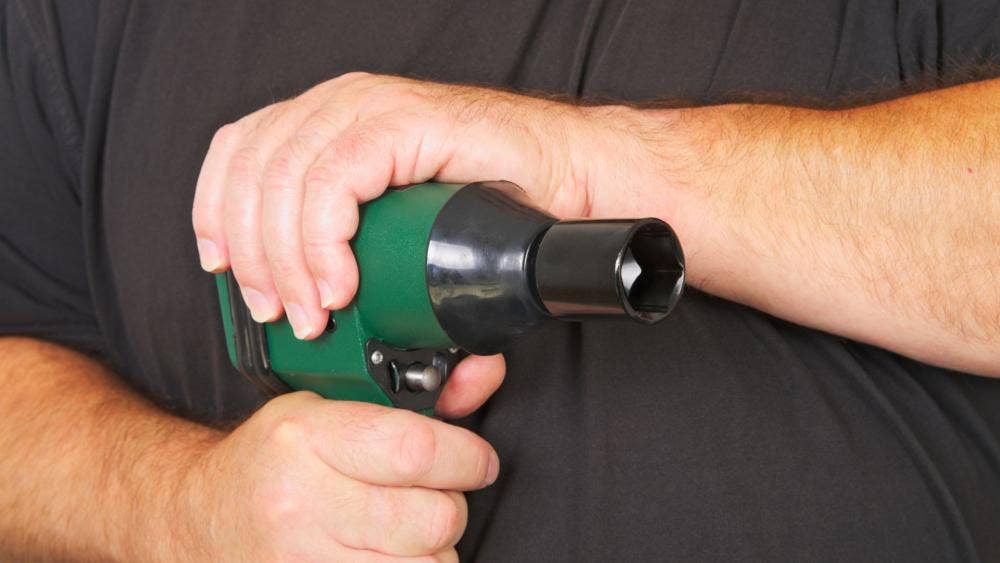
Many modern impact wrenches, especially electric and cordless models, come with adjustable torque settings. These settings allow you to control the tool’s output, making it easier to apply the precise force needed for your task.
Steps to Set the Torque:
- Identify the Torque Requirement: Use the manufacturer’s guidelines or equipment manual to determine the correct torque for the fastener.
- Adjust the Wrench: Locate the torque adjustment feature on your impact wrench. This may be a dial, switch or digital control, depending on the model.
- Test the Setting: Before working on the actual fastener, test the wrench on a similar material or spare component to ensure it’s correctly set.
While adjustable torque settings are a helpful feature, they are not always completely precise. For tasks requiring high accuracy, always follow up with a torque wrench to verify the final torque value. Additionally, avoid setting the torque too high, as it can lead to over tightening and potential damage.
By properly adjusting the impact wrench’s settings and confirming its output, you can work more confidently and reduce the risk of errors in torque application.
6. Tighten the Fasteners in Stages
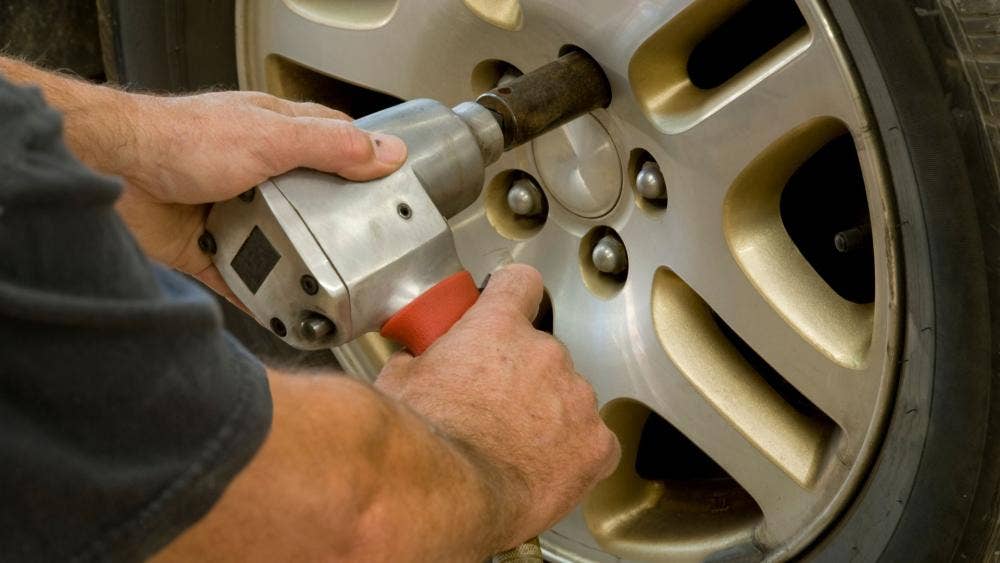
Tightening fasteners in stages is a proven method for ensuring even torque distribution and preventing issues such as warping, damage or uneven clamping forces. This technique is particularly useful when working on components that require multiple fasteners, such as wheels, flanges or engine parts.
Step-by-Step Guide to Staged Tightening:
- Initial Snugging: Begin by tightening each fastener just enough to hold the component in place. Avoid applying significant torque at this stage.
- Partial Tightening: Gradually tighten each fastener to approximately 50–70% of the final torque value. Follow a consistent sequence, such as a criss-cross or star pattern, to distribute the load evenly.
- Final Tightening: Apply the full torque to each fastener, maintaining the same sequence to ensure uniform clamping. Use a dial torque wrench for the final check to confirm accuracy.
Applying full torque to a single fastener at once can create uneven pressure, potentially distorting the component or reducing its overall stability. Staged tightening helps distribute the load evenly, reducing the risk of damage and ensuring the component performs as intended.
After completing the final tightening, double-check all fasteners to ensure none have loosened during the process. This extra step reinforces the integrity of your work and boosts confidence in the results.
Controlling torque when using an impact wrench is essential for both safety and precision, whether you're working on a DIY project or a professional task. By following key practices—such as understanding torque requirements, choosing the right tools, and applying techniques like staged tightening—you can achieve reliable results every time.
Using tools like torque sticks and adjustable impact wrenches, combined with a methodical approach, ensures your work meets the highest standards. Always verify your torque with a calibrated torque wrench for tasks that demand precision.
For a wide range of tools to help with torque control and other applications, explore Heamar’s selection of torque tools to support your next project.




